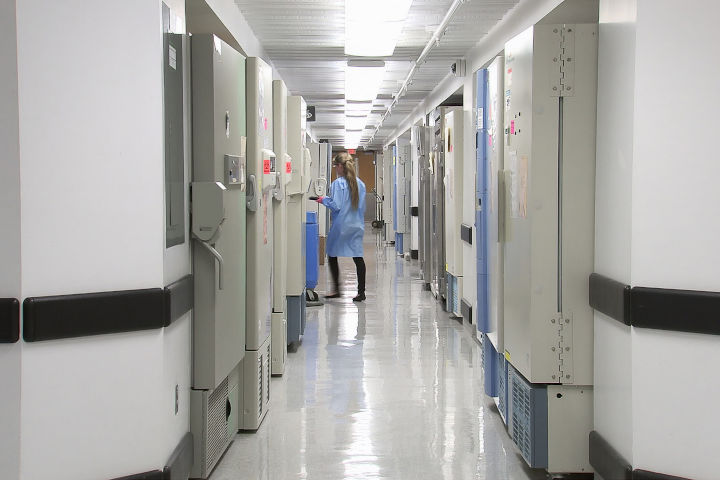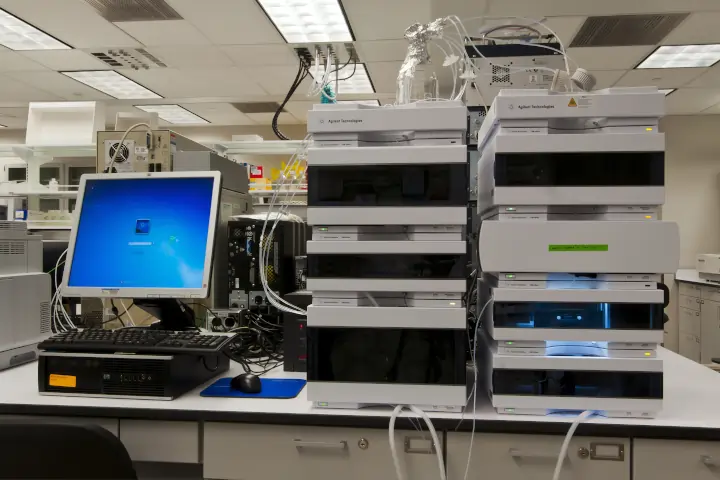Sustainability in the Lab
You are researching in the lab – and at the same time, you see the amounts of plastic waste that are produced every day and the many devices that often run all day and night. You would like to change something, but ask yourself what and how? The methods are in place, freezers can’t simply be turned off and Eppendorf tubes, as well as pipette tips, can’t be replaced either.
NIUB supports you in identifying starting points, implementing changes and making your research and laboratory work more sustainable.

Did You Know ...
… that a single -80°C-freezer uses on average as much energy as a single family house?

Did You Know ...
… that in 2014 worldwide, 5.5 million tons of plastic waste were generated in life science laboratories alone?

Did You Know ...
… that micro LC saves approx. 98% solvent compared to conventional HPLC, reduces analysis time by a quarter and thus significantly increases sample throughput?

Did You Know …
… that a single -80°C freezer consumes on average as much electricity as a single-family household?
Did You Know …
… that in 2014 worldwide, 5.5 million tons of plastic waste were generated in life science laboratories alone?


Did You Know …
… that micro LC saves approx. 98% solvent compared to conventional HPLC, reduces analysis time by a quarter and thus significantly increases sample throughput?
NIUB supports you in taking a closer look at the different aspects of your laboratory work and supports you on your way to a sustainable laboratory.
In 3 steps to a sustainable laboratory
Analysis
Evaluate Your Impact
Determine your resource consumption (energy, water, consumables …)
Change
Identify Your Opportunities
Examine your operations, processes, routines and methods.
Permanent
Implement Your Ideas
Develop your action plan and strategies to implement them in your daily work.

Workshops & Lectures
Contact

